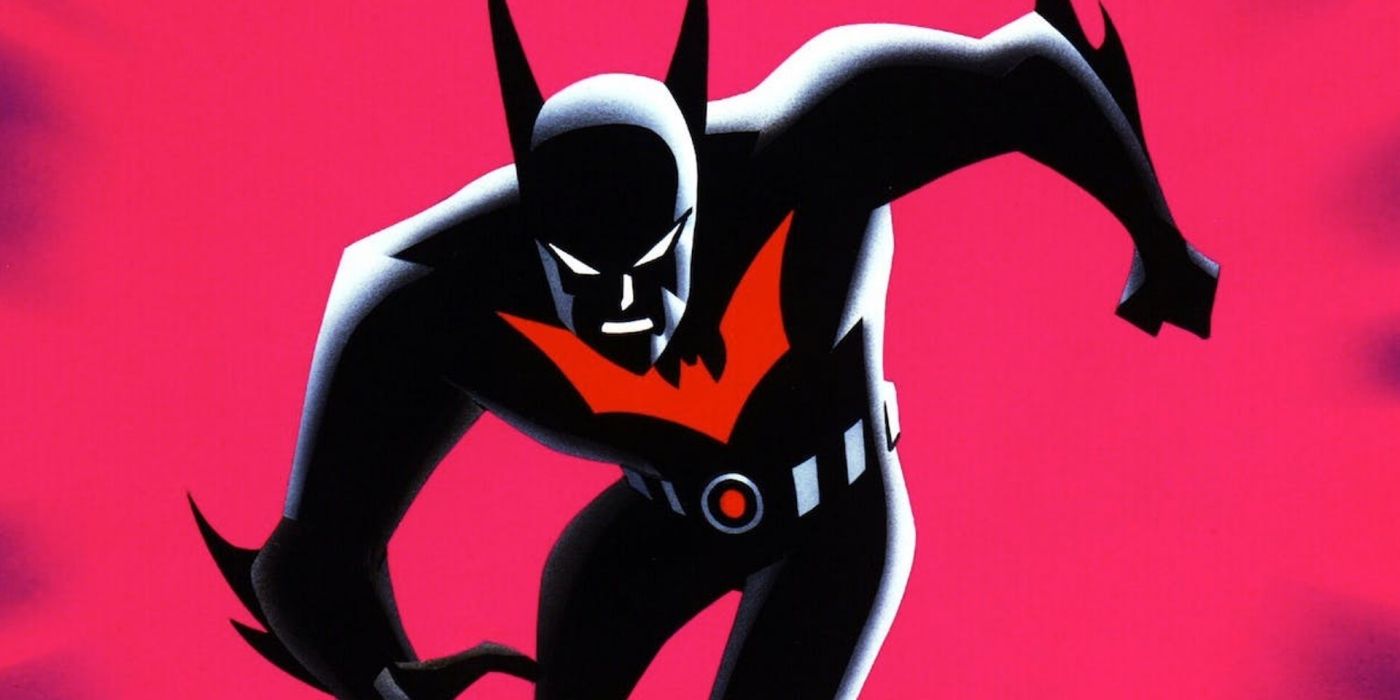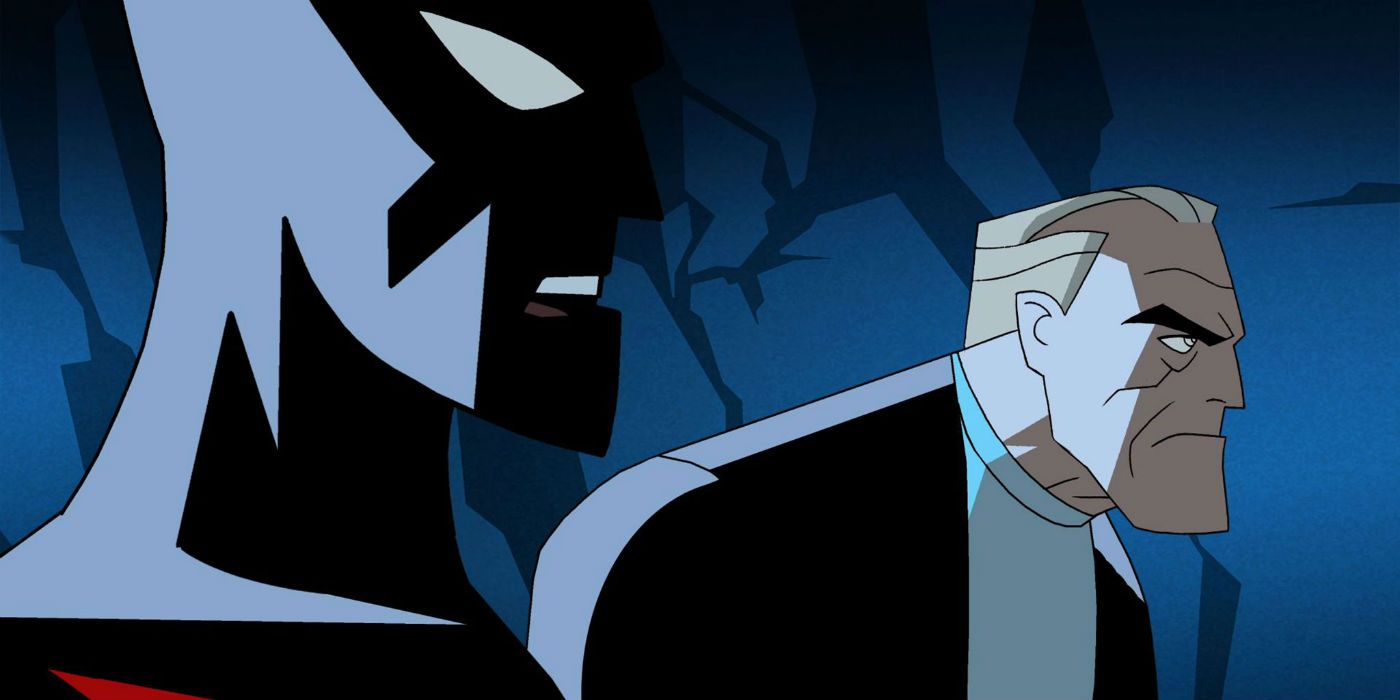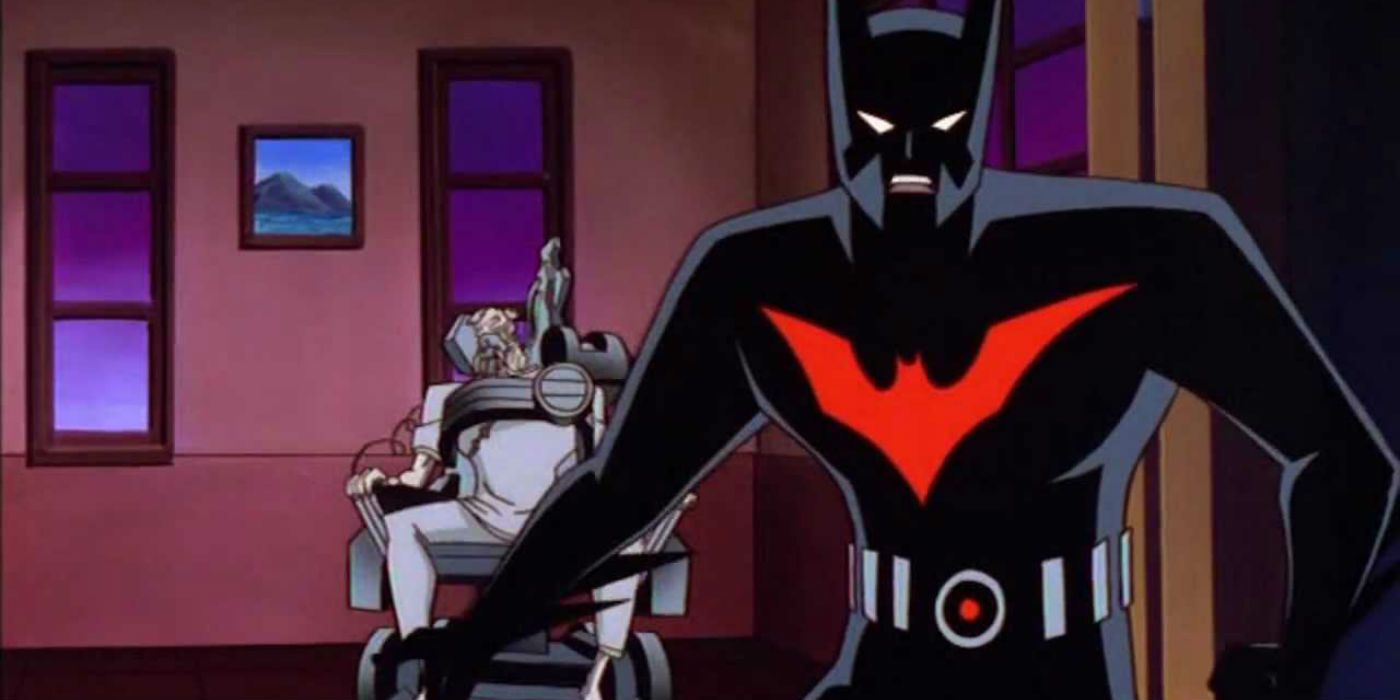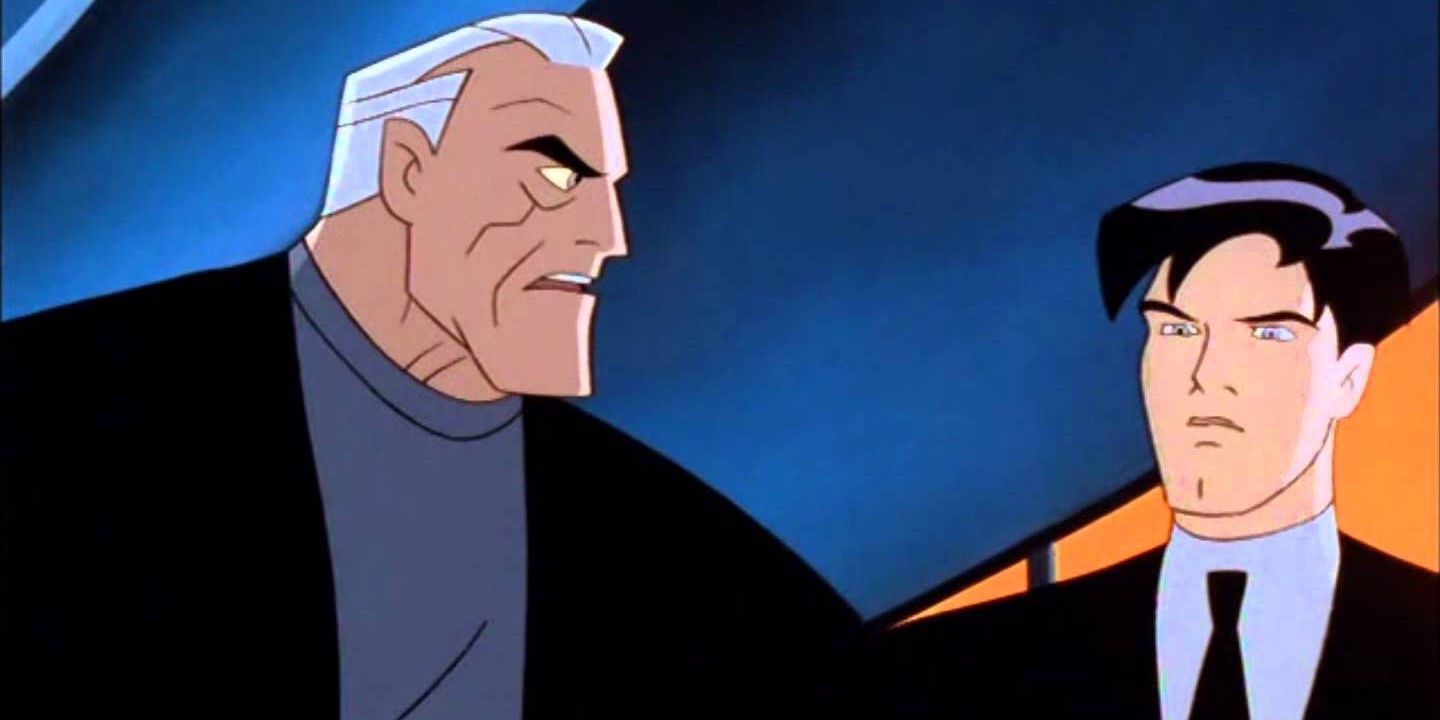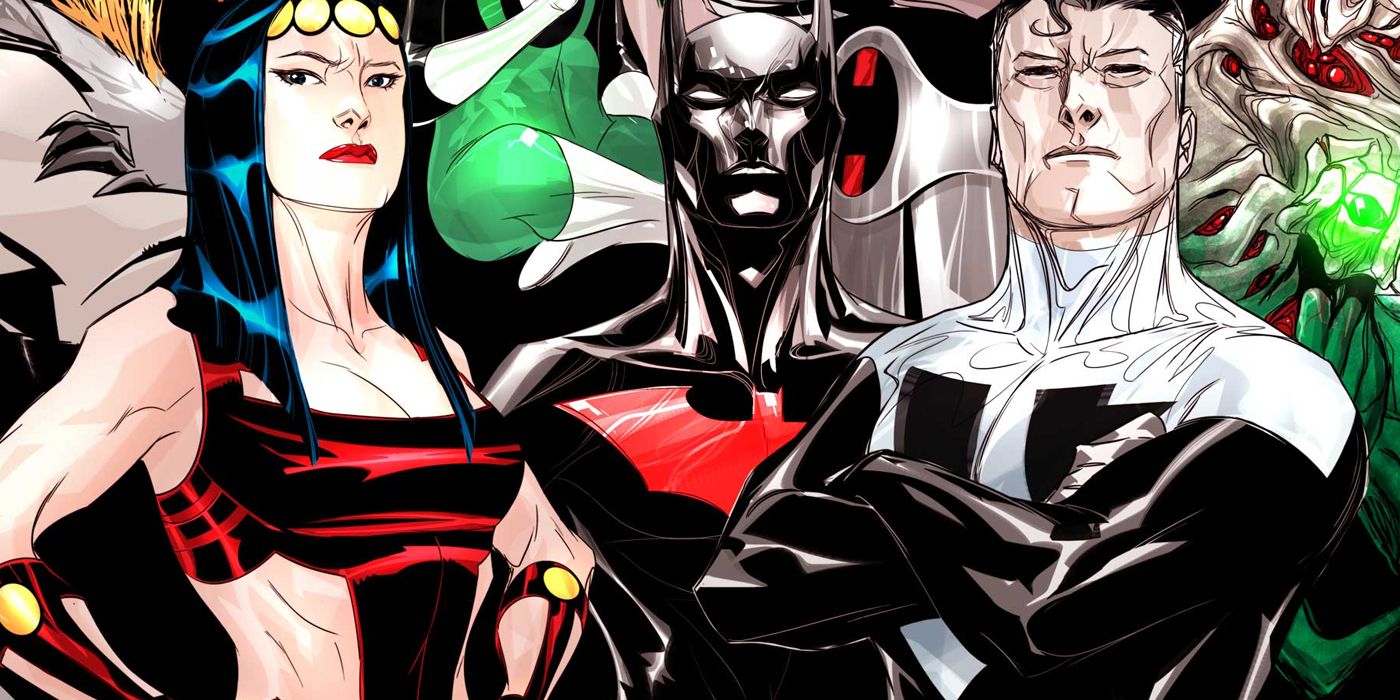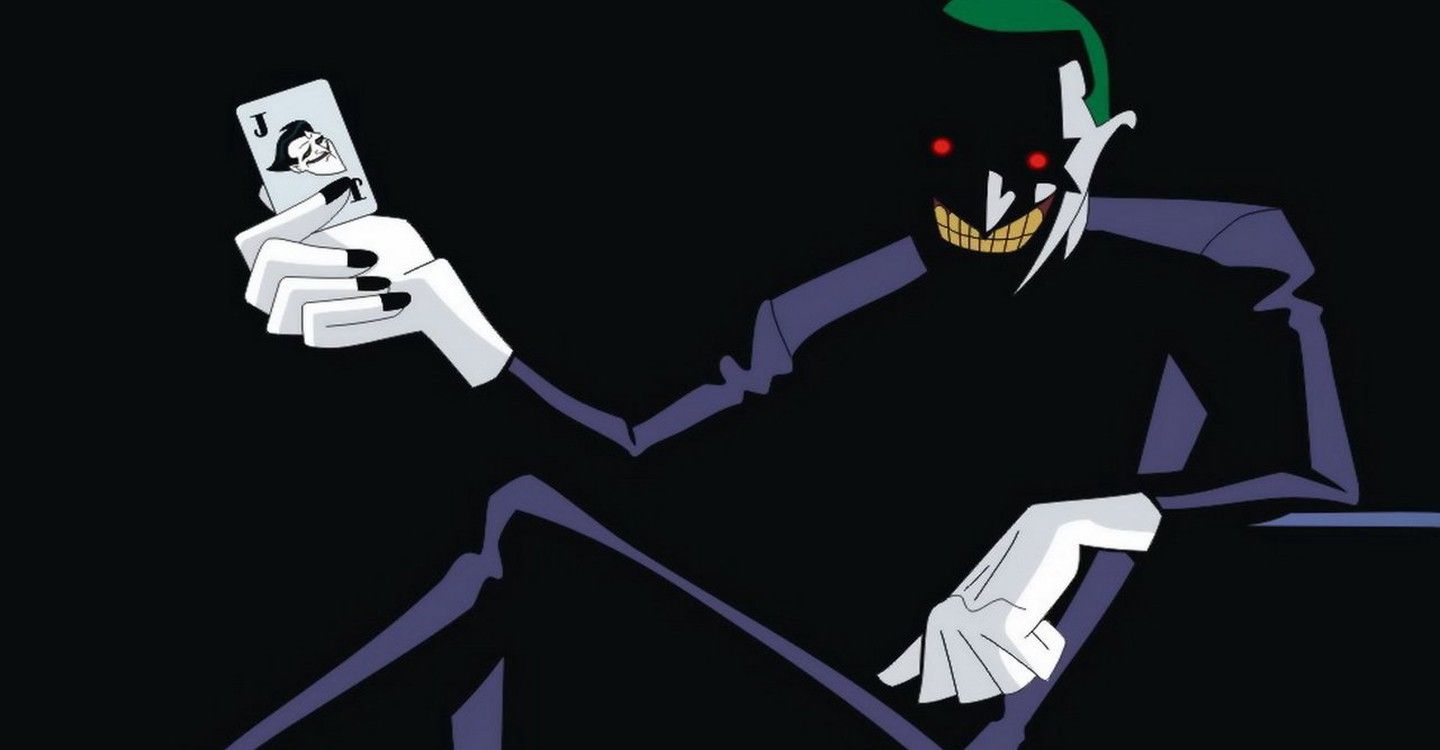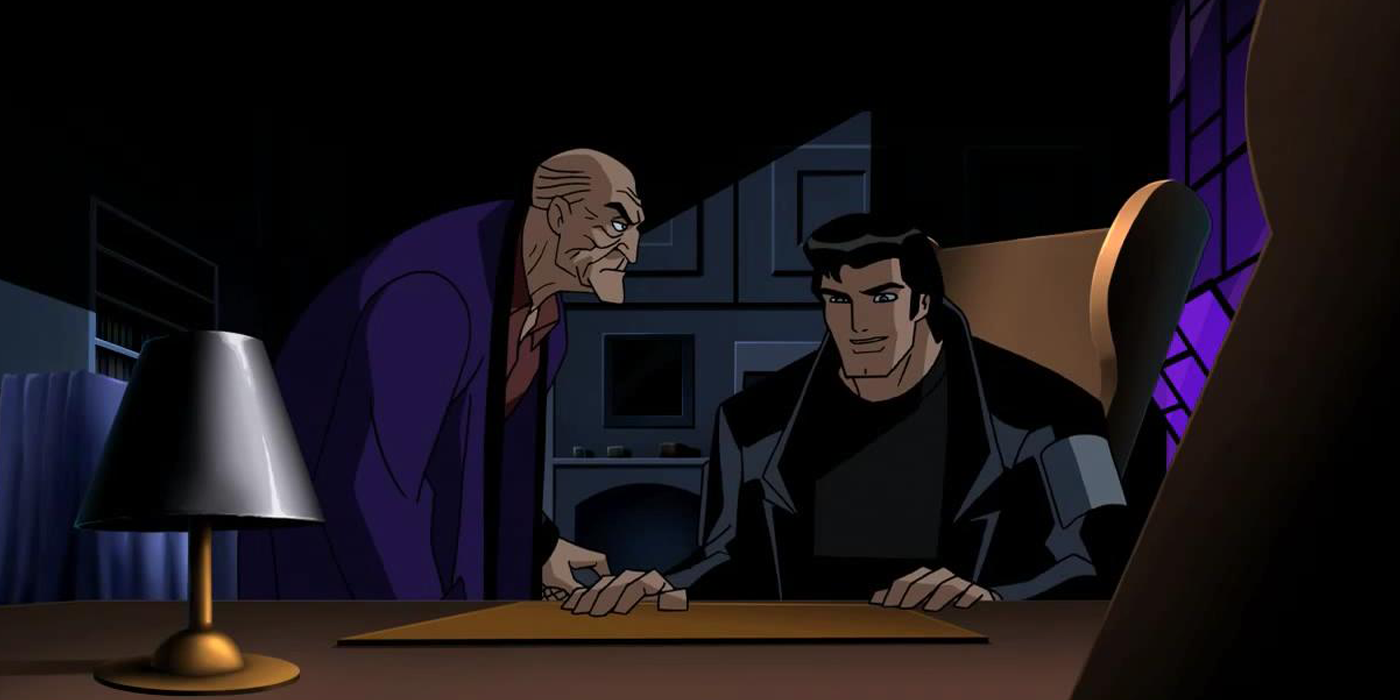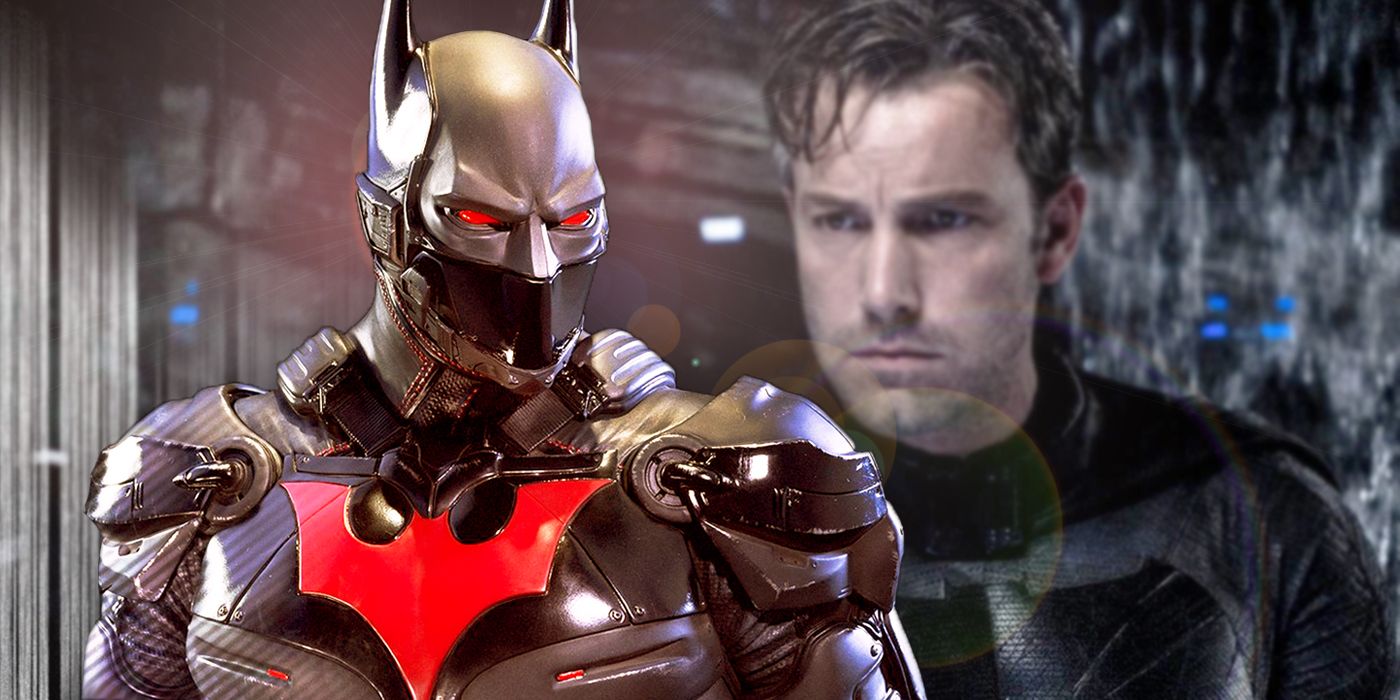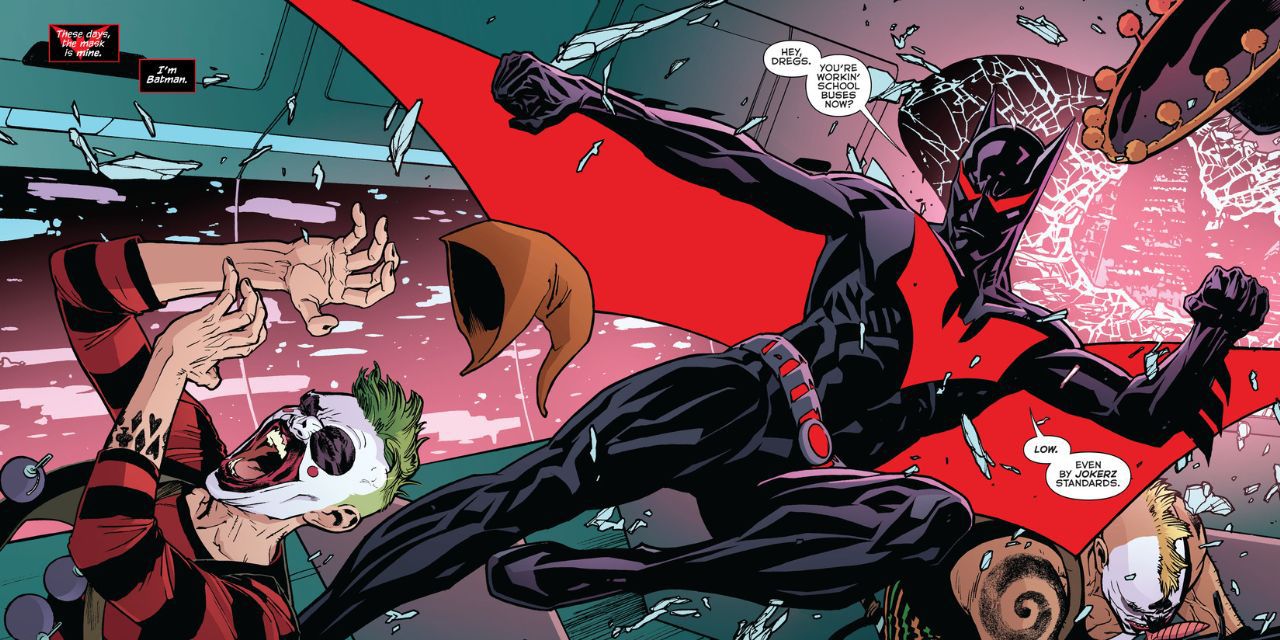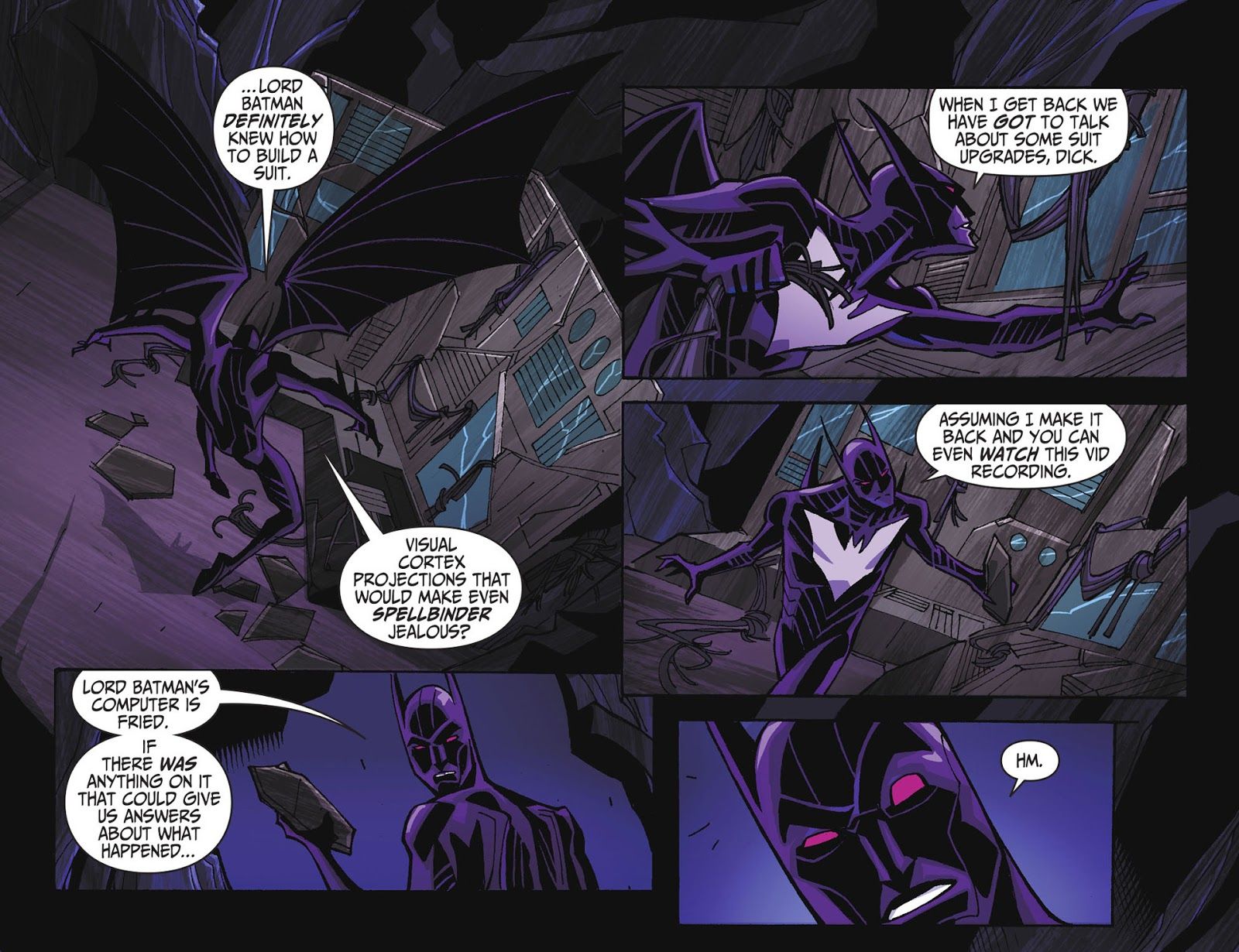Twenty years have passed since Jan. 10, 1999, the debut date of Warner Bros. Animation's Batman Beyond animated series. That's 20 years since comics and animation fans were given a glimpse into the future. A darker world, one foreshadowed by the cyberpunk and industrial metal of the '90s. A world where an elderly Bruce Wayne must pass on the mantle of Batman to a reformed delinquent by the name of Terry McGavin. No, that can't be right.
Most fans first learned of Batman Beyond during Wizard magazine's announcement article in 1998. In it, Paul Dini explains the concept, offering a first glimpse of Terry McGavin, the teenager selected to take Bruce Wayne's place. The name later changed to Terry McGinnis as the show evolved.
This development of the series, unlike the two years spent drafting the world of Batman: The Animated Series, was hurried. No series bible was produced, and the network's vision for the show didn't truly exist until after the first season was complete. Making life even harder for the producers, both the Batman and Superman animated series were still in production, all with the same crew.
"OUR FIRST REACTION WAS HORROR"
How did Batman Beyond come into being? Why was the development so rushed? In the first issue of Comicology, co-creator Bruce Timm recounts his meeting with Warner executive Jamie Kellner.
[T]here was some concern that Batman had just been around a little bit too long in its current incarnation, even with the revamped look and everything. The shows did really, really well ratings-wise, but [the WB execs] kinda felt that we'd been riding that train for a long time, and there was also a concern that the show was skewing a little bit older than they would've liked, 'cause the advertising is aimed at children. So they were just talking about ways of freshening the show and, y'know, the words "teenage Batman" came up — "Is there some way that we can get a teenager into the Batman suit?" And, of course, our first reaction was horror. "Teenage Batman? Aaaah!!!"
Some of the ideas pitched to the producers included the idea of Batman as a multigenerational mantle, much like in The Phantom. Another focused on a young Bruce Wayne traveling the globe, developing the skills he'll use as Batman. After many years, a permutation of this idea airs today as Gotham.
Eager to draw in kids, another pitch had Batman leading a team of "Justice League Jr." cadets, which would have had Batman teaching the ropes to "Aquaman Jr. and Wonder Woman Jr." The crew of Bruce Timm, Paul Dini and Alan Burnett had no enthusiasm for any of these concepts. Timm recalls pitching, "What if we set it in the future?" It was a spur of the moment suggestion, grasping for some way to give Warner the youth demographic it wanted while maintaining their established continuity.
NEXT PAGE: Batman Beyond Was Almost the Batman of Tomorrow
THE BATMAN OF TOMORROW, TODAY
When presenting the concept to their crew, it was animator Glen Murakami who embraced this future Batman. Enthusiasm for creating an entirely new world for Batman spread around the offices, and in a whirlwind production cycle the series took shape.
Terry's last name wasn't the only change to happen late in development. Early buzz for the series called it Batman Tomorrow, the network's attempt to immediately differentiate it from the existing Batman show. Hoping to avoid confusion about when new episodes would air, the name shifted to Batman Beyond. Interestingly, the show's still known as Batman of the Future in Europe, Latin America, Australia and Asia.
The pilot episode opens in, of all years, 2019. The audience witnesses Bruce Wayne, now middle-aged, struggling to rescue a kidnapped heiress. Near death, Batman betrays his lifelong principles when he threatens one of the thugs with a handgun. Recovering from the incident, and a mild heart attack, Bruce declares "never again" as he shuts down the Batcave.
NEVER AGAIN, INDEED
Twenty years later, an elderly Bruce encounters Terry, who inadvertently brings a street fight with the Jokerz gang to Wayne Manor. Terry's father is soon murdered, and Bruce reluctantly agrees to mentor Terry as Batman in his battle against the killers. Terry accepts a job as Bruce's assistant, setting up the premise of the show.
Terry juggles his responsibilities as a son, brother, student, protege and new Batman. The material is heavily influenced by the earlier years of Amazing Spider-Man comics. Heck, classic Marvel all around is an influence for Beyond. Many of Terry's villains are directly inspired by Marvel creations, and he even faces the Terrific Trio, a clear parody of the Fantastic Four, in an early episode.
The first season aired to strong ratings and solid reviews. Yet, the series skewed much older than the network expected. Season 2 brought an edict from the higher-ups: Fewer stories focused on corporate espionage. More high school drama. And give the audience a "female entry point." This unintentionally hilarious network note led to the creation of Maxine Gibson, a spunky honors student who becomes Terry's confidant after she discovers his secret.
THE (NOT QUITE) FINALE
Beyond continued its run until 2001, going out with as average an episode as you could imagine. The final official episode, "Unmasked," doesn't have the dramatic moment the title implies. It's a story from Terry's earliest Batman days. He reveals his face to a child and inadvertently makes the boy a target of a terrorist organization. Originally scheduled to air on Sept. 14, 2001, its terrorism-related content had it pulled just days after the September 11 attacks. It eventually ran that December.
The blandness of the episode has a unique influence on future DC animated programs. Bruce Timm decided after Beyond went out with a whimper to treat every season finale of his shows as a potential series finale. This lead to some remarkably awesome finale episodes for Justice League and Justice League Unlimited.
NEXT PAGE: Batman Beyond Goes Even Darker in Return of the Joker
A PG-13 ANIMATED DC FILM? RIDICULOUS
The real "final episode" in many's eyes is the Batman Beyond: Return of the Joker animated film. It's the story that gives the audience what they've wanted since the show's debut -- Batman Beyond versus the classic Joker. The original edit is intense, and so clearly not a kids movie that Warner Bros. rejected it. The studio demanded a PG edit of the film. Eventually, a PG-13 cut was released, featuring far more intense scenes.
Another coda to Beyond is found in the Justice League Unlimited episode "Epilogue." The story, intended as a possible finale to both Beyond and Unlimited, reveals a shocking secret about Bruce Wayne's connection to Terry. The episode also provides emotional closure for the Bruce and Terry relationship, in addition to establishing Terry as his own man. In the closing, the now-adult Terry calls his long-time love Dana to ask her to marry him. The implication is that Terry isn't weighed down by the demons that haunt his father figure, that he's able to find peace in his own life while maintaining his responsibilities as Batman.
FILLING THE SCHUMACHER & NOLAN VOID
The initial hook of Beyond is a strong one. It's no surprise Hollywood once developed the property for a feature film. In the years before Christopher Nolan’s Dark Knight trilogy, Warner Bros. envisioned a Beyond film series. Co-creators Paul Dini and Alan Burnett developed the story, and Remember the Titans director Boaz Yakin signed on to direct. Reportedly, the high school elements of Sam Raimi's Spider-Man would've influenced the film. Yakin was also looking to push the cyberpunk elements of Beyond, giving Neo-Gotham a more distinct look.
Not feeling 100 percent enthusiastic about the project, Yakin dropped out. Warner Bros. took a chance on Nolan and made a few billion dollars, so they're probably not lamenting their decision. In recent years, rumors of a DC Extended Universe Beyond film have surfaced. Some fans are clamoring for Michael Keaton to return to the Batman role as the older, grumpier Bruce Wayne.
DC CONTINUES THE LEGACY
DC's also taken a liking to Terry and grumpy Bruce in the past 20 years. Beginning with the standard adaptation comic, Beyond's been the focus of six comic book series. 2005's Superman/Batman #22 saw the introduction of Batman Beyond into proper DC canon.
More recent years have featured an older-skewing Batman Beyond comic drawn in DC's house style, attempting to tie in to both continuities. The comics have taken it upon themselves to resolve the mystery of Dick Grayson's fate in this world, which was always avoided on the show. Other daring continuity shenanigans involve a new Batgirl, Joe Chill's bloodline, the Justice Lords and a shocking revelation about Bruce Wayne's affair with Barbara Gordon. Something you'd never see on a Saturday morning cartoon.
Warner Bros. didn't receive the kid-friendly show they envisioned. It's dark, cynical and relentless in presenting authority figures as venal and untrustworthy. For the audience of kids at home, this was revelatory material. Those kids are adults today, and everyone knows it's impossible to forget your first love. This is the Batman they remember, perhaps as influential as Frank Miller's material from the generation before. Whether or not Beyond can continue for another 20 years is unknown, but its impact on the current generation of fandom is unquestioned.
So that’s all for now. If you have any suggestions for the future, just leave a comment or contact me on Twitter. You can also check out some of my fiction writing for free over at Smashwords.

